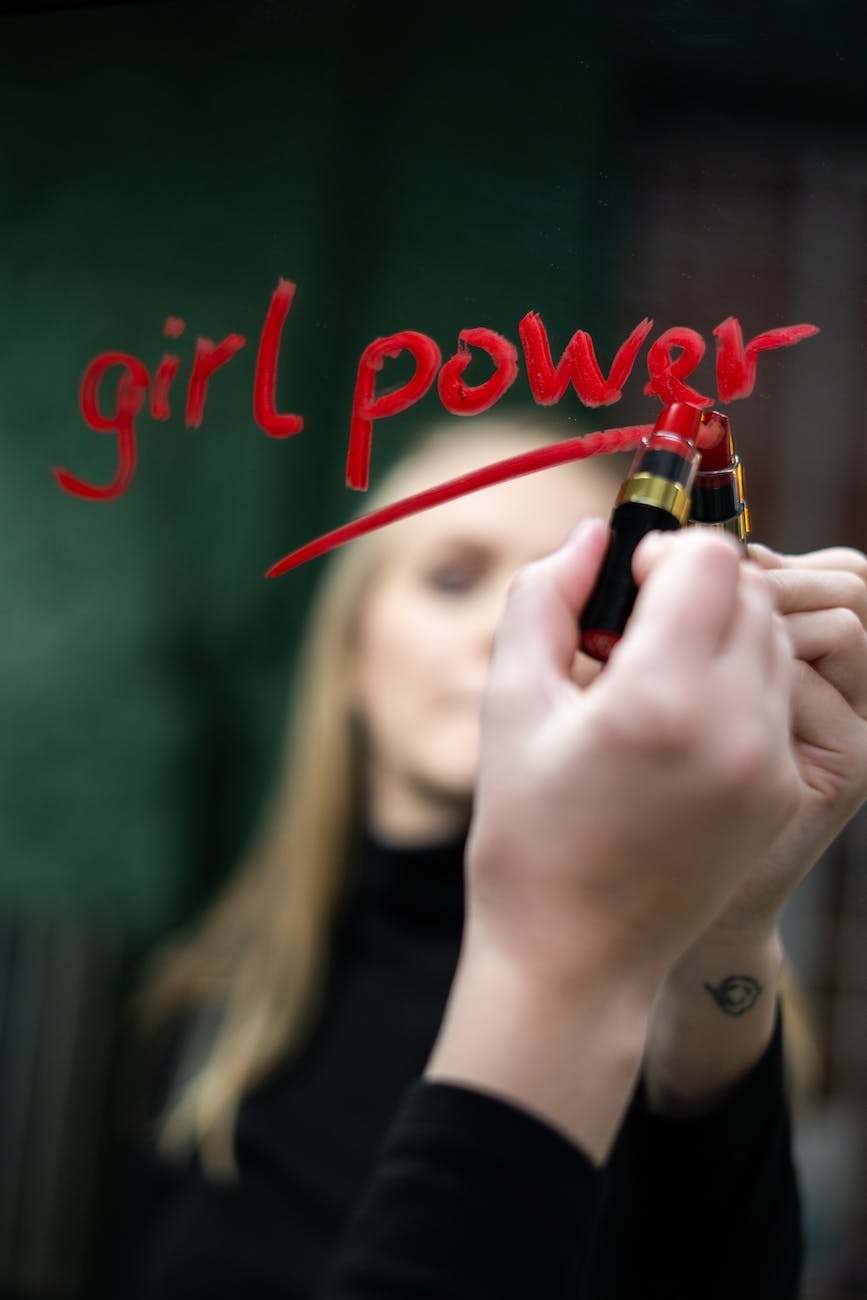The Role of Handicrafts in Empowering Women and Promoting Gender Equality
The handicraft industry plays a significant role in empowering women and promoting gender equality. Women’s participation in this industry has not only provided them with economic opportunities but also contributed to community development and sustainable growth. Handicrafts have become a means to empower women, improve their economic status, and create a better future for themselves and their families.
What is the significance of women in the handicraft industry?
Empowering women through crafts
Handicrafts have become a powerful tool for empowering women in various ways. They provide women with the means to earn income and support themselves and their families financially. By engaging in craft production, women can contribute to the household income and become active participants in economic activities, which can help improve their overall well-being.
Women’s role in the development of the handicraft industry
Women have played a crucial role in the development of the handicraft industry. They have preserved traditional techniques and passed them down from generation to generation, ensuring the continuity of cultural heritage. Their skills and creativity have helped meet the demand for unique, handmade products in both local and international markets.
Promoting economic empowerment through handicrafts
The handicraft industry has provided women with economic empowerment by creating opportunities for them to earn a stable income. Women artisans have become producers and entrepreneurs, showcasing their creations to a global market. This economic empowerment has not only uplifted the socio-economic status of women but also influenced their mental health positively.
How do handicrafts promote women empowerment?
Providing economic opportunities
Handicrafts provide women with economic opportunities that enable them to become financially independent. By engaging in craft production and selling their products, women can earn a living and contribute to their families’ income. This economic empowerment helps women overcome poverty and improves their overall quality of life.
Promoting community development
The handicraft industry promotes community development by creating employment opportunities for women in rural areas. Support for women artisans in these areas helps prevent migration to urban centers and contributes to localized economic growth. Women actively participating in the handicraft sector can drive development at the grassroots level, leading to improved living conditions for their communities.
Initiatives for fair trade and sustainable development
Various initiatives in the handicraft sector focus on fair trade and sustainable development. These initiatives ensure that women artisans receive fair compensation for their work and that their working conditions are improved. They also promote environmentally friendly practices, contributing to the achievement of Sustainable Development Goals (SDGs).
What are some examples of women empowerment projects in the handicraft sector?
Supporting women artisans in rural areas
Many projects focus on supporting women artisans in rural areas, where they often face limited economic opportunities. These projects provide training and skill development programs to enhance the artisans’ capabilities and marketability. By equipping women with the necessary skills, they become self-reliant and gain access to wider markets for their products.
Contribution of handicrafts to poverty reduction
The handicraft industry contributes significantly to poverty reduction, particularly among women. By engaging in craft production and income-generating activities, women can escape the cycle of poverty and improve their standard of living. Handicrafts provide an alternative source of income and empower women to become financially stable.
Skills development and knowledge sharing
Handicraft projects focus on skills development and knowledge sharing among women artisans. These projects aim to enhance the quality of their products, ensuring competitiveness in the market. The acquisition of new skills not only improves their craft production but also increases their confidence and self-esteem.
What role does handicraft play in promoting gender equality?
Creating income generation opportunities
Handicrafts create income generation opportunities that promote gender equality. By engaging in craft production, both men and women can contribute to the household income, breaking traditional gender roles. This equal economic participation helps challenge gender stereotypes and promotes a more balanced distribution of resources within the family.
Encouraging women to participate in economic activities
Handicrafts encourage women to actively participate in economic activities and take on leadership roles. By nurturing women’s entrepreneurial skills, handicraft projects empower them to start their own businesses and become agents of change in their communities. This active participation helps bridge the gender gap in economic opportunities.
Promoting traditional crafts and empowering women
Handicrafts play a significant role in preserving traditional crafts and empowering women at the same time. Many traditional crafts are passed down through generations, and by engaging in craft production, women uphold cultural heritage and traditions. The recognition and appreciation of these crafts empower women and affirm their role in sustaining cultural practices.
How do handicrafts contribute to sustainable development goals?
Empowering women through economic independence
Handicrafts contribute to sustainable development goals by empowering women through economic independence. The income generated from craft production and sales enables women to support themselves and their families. This economic empowerment not only improves their living conditions but also enhances gender equality and social progress.
Supporting environmentally friendly practices
Handicrafts promote environmentally friendly practices by utilizing sustainable materials and adopting eco-friendly production techniques. Many women artisans are conscious of the environmental impact of their craft production and strive to promote sustainability. By using natural resources responsibly, handicrafts contribute to the overall goal of sustainable development.
Preserving cultural heritage and traditions
Handicrafts play a crucial role in preserving cultural heritage and traditions. Women artisans, through their craft production, keep traditional techniques and designs alive, passing them down to future generations. This preservation of cultural heritage contributes to the diversity and richness of global cultural expressions.
